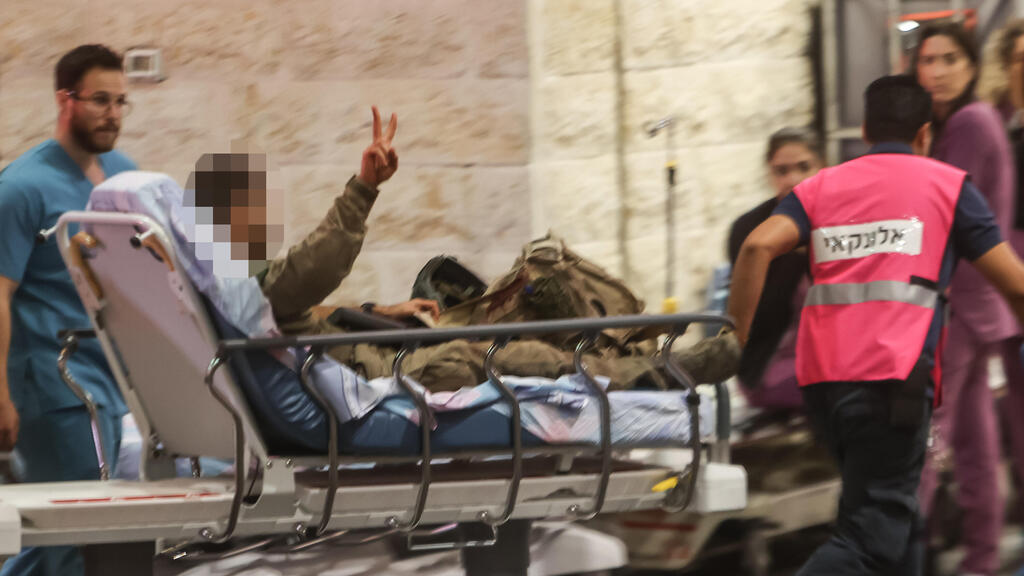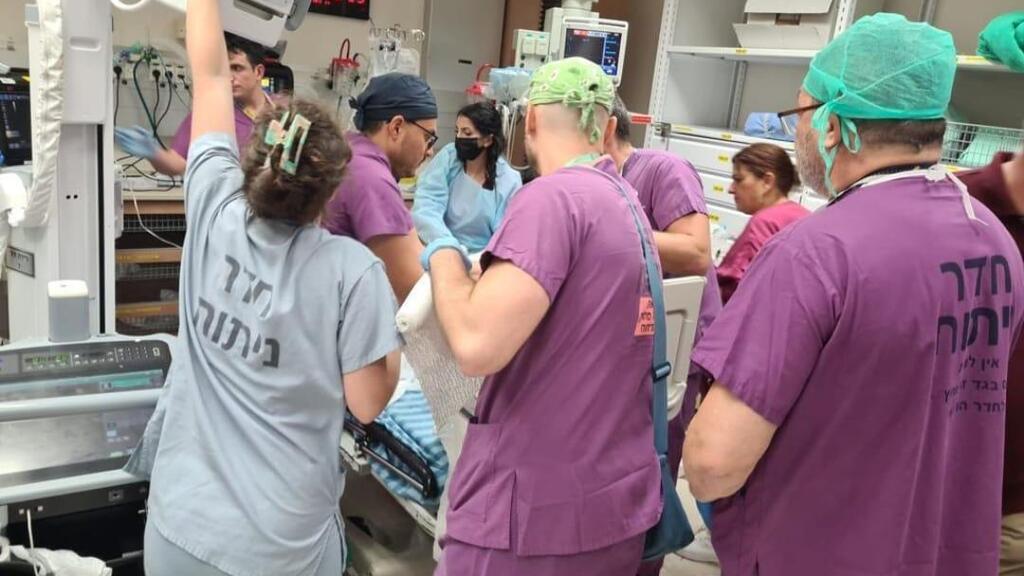Getting your Trinity Audio player ready...
On October 7, Israel's healthcare system operated without central control and lacked a comprehensive understanding of the unfolding events, according to the findings of an inquiry by the Health Ministry.
The report reveals that the healthcare system did not anticipate the scenarios that day, leading to injured individuals arriving at hospitals independently, without any centralized coordination. A total of 1,456 patients were admitted to hospitals on that tragic day.
The report criticizes the failure to transfer some patients from Soroka Medical Center to other hospitals for non-urgent surgeries and care in the days following the massacre, despite Soroka's inability to provide adequate treatment due to limited capacity.
It's important to note that the full findings have not been publicly released; rather, they were shared as an update to hospital directors by the ministry's Director-General, Moshe Bar Siman Tov. The inquiry was led by Professor Nachman Ash, who served as Director-General of the Health Ministry before Bar Siman Tov, raising concerns about potential conflicts of interest. However, despite these concerns, the update highlights significant shortcomings, particularly regarding the evacuation and management of a large number of casualties to just two hospitals—Soroka and Barzilai—during the initial stages.
The Health Ministry stated that legal constraints under the Patient's Rights Law prevent the full publication of the findings. They also defended the choice of Professor Ash as the lead investigator, emphasizing that he is not currently affiliated with any healthcare institution. The ministry further clarified that the inquiry does not replace the work of the State Comptroller or any future government commission of inquiry.
In his letter to hospital directors, Bar Siman Tov wrote, "Most of the injured arrived for treatment independently, without central control or a clear understanding of what was happening in the areas of attack." He noted that both military and civilian authorities faced significant challenges in forming a national picture of the situation, which hindered the control and management of medical forces in the field and the coordination of evacuations. However, he also praised the quick and professional response of all medical organizations, including hospitals, attributing it to the health system's preparedness for emergency situations.
Despite this, the report highlights a lack of command over the evacuation process, typically managed by the Health Ministry, suggesting that no one was effectively in charge during this event. The update to hospital directors subtly shifts some responsibility to the military, stating, "Due to the military nature of the event and the absence of an on-ground authority responsible for creating a situational overview, including injury assessments, no single entity had a full picture or control over the allocation of medical and evacuation resources in the field."
Bar Siman Tov admitted that the unit responsible for managing such situations was overwhelmed by the scale of the events on October 7. He emphasized the need to improve situational awareness and further develop information systems to enable the Health Ministry's control center to better manage complex and large-scale tasks, alongside making structural adjustments to the control unit.
The findings also point to a lack of coordination among various entities, with none of them fully grasping the magnitude of the disaster, which quickly became the deadliest and most devastating in Israel's history. "The investigation revealed that no entity had a comprehensive picture of the deployment of military and civilian medical forces in the area. There was no central control over the evacuation of the injured, due to the lack of a national overview and confusion regarding authority and responsibility for managing the event and initial evacuations at the national level, especially in areas designated as closed military zones."
The report further states that "because most of the injured were evacuated independently by civilian vehicles, there was an inherent difficulty in influencing the initial distribution of casualties from the field to hospitals. Each evacuation point operated independently, without coordination with other forces, and there was no significant effort to direct patients to more distant hospitals."





